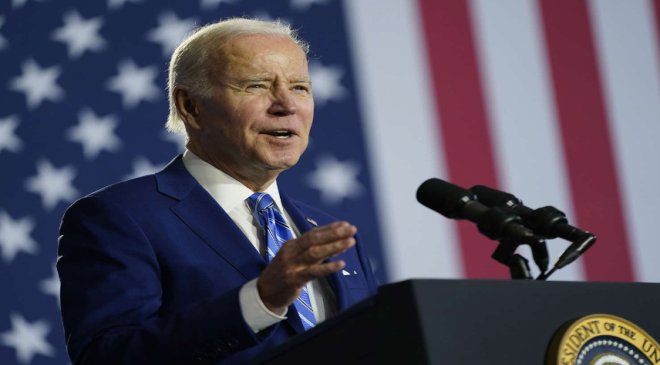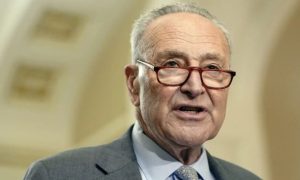Anew report from the nonpartisan Committee for a Responsible Federal Budget (CRFB) finds that President Biden’s latest student debt handout plan combined with previously announced policies will cost between $870 billion and $1.4 trillion if implemented.
“That’s more than all federal spending on higher education over the nation’s entire history,” the CRFB report said, noting that the majority of that student loan debt cancellation was put in place by the Biden administration through executive actions.
The total includes $620 billion in debt cancellation that has already been implemented, including $275 billion from Biden’s new income-driven repayment program that’s known as SAVE, as well as $195 billion from the cancellation of interest during 41 months of repayment pauses dating back to the outset of the COVID-19 pandemic in March 2020.
A further $150 billion of the total comes from more targeted initiatives such as discharging the debt of students who attended schools that closed and broadening or streamlining debt cancellation mechanisms under existing forgiveness programs. Biden’s latest plan, which hasn’t been finalized, could cost an additional $250 billion to $750 billion, based on the CRFB’s preliminary estimates.
Read More : Donald Trump’s Law Firm Doesn’t Want to Represent Him Anymore
His latest plan, announced last month, would cancel up to $20,000 for borrowers whose balance has grown due to unpaid interest, those who have been in repayment for at least 20 years, students who enrolled in “low-financial-value programs” and borrowers who face hardship and are at high risk of default.
President Biden from Day One has worked to fix the student loan system and make sure higher education is a ticket to the middle class – not a barrier to opportunity – because he knows that debt cancellation not only benefits borrowers, it benefits the entire economy,” the White House said in a statement announcing the plan.
According to the CRFB’s research, the $870 billion to $1.4 trillion total cost range surpasses all historic federal spending on higher education prior to the COVID pandemic, which totaled $744 billion from 1962 to 2019.
Read More : I’m a Bank Teller: 3 Times You Should Never Ask For $100 Bills at the Bank
It also exceeds the federal cost of offering universal pre-kindergarten and universal child care, which would cost a projected $750 billion, as well as the $675 billion cost of tripling the Pell Grant program, which provides grants to lower income students.
At the high end of the range, it also exceeds the projected federal education spending over the next decade, which amounts to $935 billion from 2025 to 2034.
“As we’ve explained before, most of these student debt cancellation policies have not only been costly, but also inflationary, poorly targeted, counter to the mission of lowering college costs, and not financially justified,” the CRFB wrote.
Read More : I’m a Bank Teller: 3 Times You Should Never Ask For $100 Bills at the Bank
“Instead of continuing down this road, lawmakers should work together on reforms that actually fix the student loan program and address the cost and quality of higher education,” it added.





































